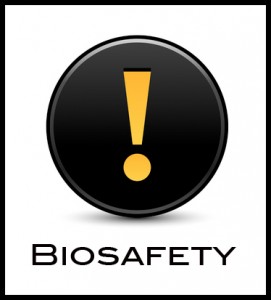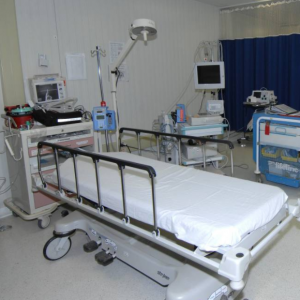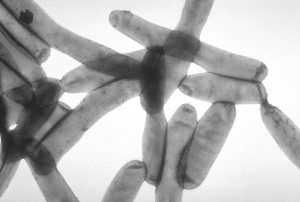Not really sure what to think about this article: Ants as Vectors of Bacteria in Hospital Environments. Published in the Journal of Microbiology Research and authored by Bruna Rafaela Machado Oliveira, Luciano Ferreira de Sousa, Raquel Chalá Soares, Thiago César Nascimento, Marcelo Silva Madureira, Jorge Luiz Fortuna. In a quick scan the science seems reasonable. …
Quick post here. Nice short post in the On Health Blog at Biomed Central on studies of the population genomics of Burkholderia. Melioidosis is a frequently fatal infectious disease caused by a bacterium (Burkholderia pseudomallei) found in soil in certain parts of the world. We have known about melioidosis for many years, but it’s only …
So in searching for news stories about bacteria in buildings I found another one with some political connections: Source: Legionella bacteria spread into Parliament showers – timesofmalta.com This follows on my post from earlier: “Derelict White House” contaminated by leptospirosis causing bacteria #WhiteHouse As with that post, my headline here is not the whole story. Yes Legionella …
Got pointed to this Biosafety Design Initiative on Twitter @phylogenomics This may be of interest – “eval of clean & controlled environmnts & design of space & infrastructr” https://t.co/5P8iDsVt2o — Laurie Garrett (@Laurie_Garrett) January 23, 2017 //platform.twitter.com/widgets.js It may be of interest to some. They have courses and other activities connected to microbes in the built …
(This post was written by Roo Vandegrift at the University of Oregon) I was recently asked to spearhead the writing of a review centered around the interaction between the concept of hygiene and our increasingly nuanced understanding of the human skin microbiome for the Biology and the Built Environment (BioBE) Center at the University of …
Invasive fungal infections acquired in the hospital have progressively emerged as an important cause of life-threatening infection. In particular, airborne fungi in hospitals are considered critical pathogens of hospital-associated infections. Just a quick post – this may be of interest. Source: High diversity of airborne fungi in the hospital environment as revealed by meta-sequencing-based microbiome …
Vague rules give healthcare providers leeway in deciding when, or even whether, to report clusters of infections. And when they do, the public rarely knows. This is a really really big deal. We desperately need to be more open about antibiotic resistant bugs and any outbreaks of them. Kudos to Reuters and Deborah J. Nelson, David Rohde, …
Quick post here (h/t to Paula Olsiewski for the link) about a cool-sounding new device for the rapid detection of Legionella. I can’t say that I’m on board with the fanciful claims made in the press release (e.g. “The risk of catching fatal Legionnaires’ disease from air conditioning units has been dramatically reduced“) but the …
So I feel like this shouldn’t need to be said… but clearly it does. Don’t kiss chickens or bring them into your bedroom. Should my opinion not carry enough weight, simply check out this new report from the CDC “Outbreaks of Human Salmonella Infections Associated with Live Poultry, United States, 1990—2014”. Abstract below. Major highlights …
Just a short post about a news story recently where they have traced Pseudomonas found in NICU infants to the pipes in the building. It’s still in the early stages of the investigation… but it makes me wonder why routine surveillance isn’t more common. I feel like we often hear stories about finding Legionella, Pseudomonas, …









